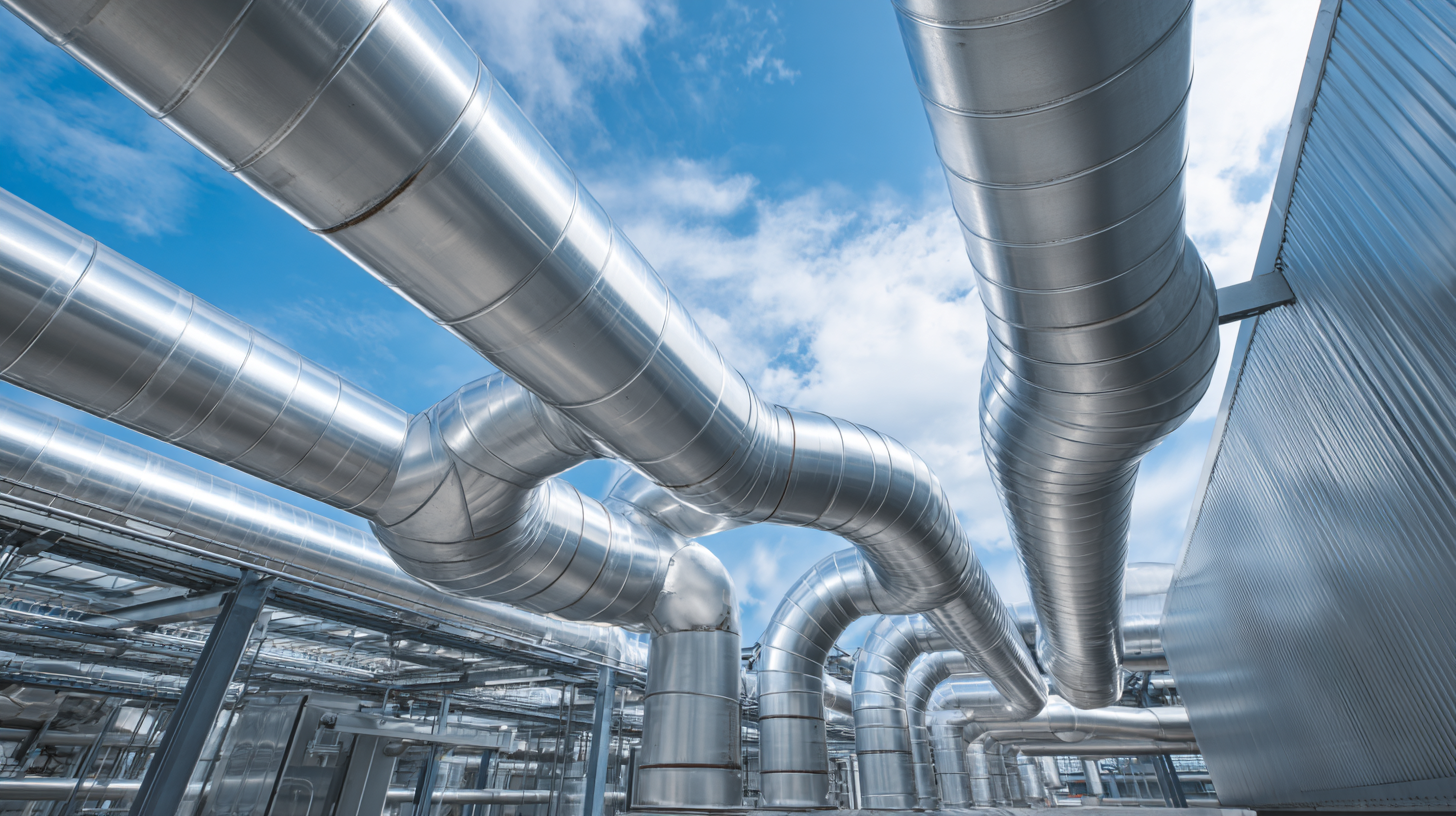
Navigating Global Standards: A Comprehensive Guide to Clean Air Filtration Certifications and Compliance
In an era where air quality is a growing concern, the importance of Clean Air Filtration systems cannot be overstated. According to the World Health Organization, air pollution is responsible for about 7 million premature deaths annually, underscoring the critical need for effective filtration solutions. As businesses and industries aim to enhance indoor air quality and comply with various global standards and certifications, navigating the intricate landscape of Clean Air Filtration can be challenging. Reports by the Global Industry Analysts suggest that the clean air filtration market is projected to exceed $20 billion by 2026, driven by increasing regulatory frameworks and consumer demand for healthier environments. In this blog, we delve into the essential certifications and compliance measures necessary to ensure that organizations not only meet legal requirements but also promote the well-being of their employees and customers through superior air quality management.

Evolving Air Quality Standards: Key Changes to Anticipate by 2025
As we approach 2025, the landscape of air quality standards is undergoing significant transformation. Regulatory bodies worldwide are revising and updating emission standards to address mounting concerns over air pollution and its impact on public health. Industries that rely on air filtration systems will need to stay informed about these evolving regulations to ensure compliance and maintain operational effectiveness. Key changes are likely to include stricter limits on particulate matter and volatile organic compounds (VOCs), demanding that manufacturers invest in more advanced filtration technologies.
In addition to new limits, there is a growing emphasis on sustainability and energy efficiency within air filtration standards. Future certifications will not only assess the effectiveness of filtration systems but will also evaluate their environmental impact. This shift will challenge companies to balance performance with eco-friendly innovations. Organizations that proactively adapt to these changes will lead the way in compliance and set the standard for responsible air quality management, fostering a healthier environment for all.
The Role of Innovation in Meeting Global Clean Air Certification Requirements
In the pursuit of cleaner air, innovation plays a pivotal role in meeting global clean air certification requirements. According to a report by the World Health Organization, air pollution is responsible for an estimated 7 million premature deaths each year, highlighting the urgent need for effective air filtration solutions. As regulations tighten worldwide, manufacturers are increasingly leveraging advanced technologies such as nanofilters and electrostatic precipitators to enhance the efficiency of air purification systems. For example, the use of HEPA filters has been proven to capture up to 99.97% of airborne particles, significantly contributing to better air quality in both residential and commercial settings.
The integration of digital technologies, such as IoT sensors, into air filtration systems is revolutionizing compliance with global standards. A study from McKinsey indicates that smart air quality monitors can provide real-time data, allowing facilities to adjust filtration processes dynamically based on immediate environmental conditions. This adaptability not only ensures adherence to stringent regulations, such as those set by ISO 16890, but also promotes a proactive approach to air quality management. As innovation continues to drive improvements in clean air technologies, industries are positioned to meet growing compliance demands while enhancing the health and wellbeing of communities around the globe.

Technology Trends Impacting the Development of Air Filtration Solutions
Emerging technology trends are significantly reshaping the development of air filtration solutions, driven by the increasing demand for cleaner air in both industrial and residential settings. According to a recent report by the Global Market Insights, the air filtration market is projected to grow at a CAGR of over 7% from 2021 to 2027, primarily fueled by stringent air quality regulations and advancements in filtration technologies. Innovations such as HEPA filters and electrostatic precipitators are leading the charge in enhancing filtration efficiency while minimizing energy consumption.
As manufacturers strive to meet globally recognized certifications like ISO 16890 and EN 1822, it is crucial to stay updated on these evolving standards. Implementing real-time monitoring systems integrated with IoT technology can ensure compliance while enabling proactive maintenance and optimization of filtration systems. For organizations looking to enhance air quality, embracing these technological advancements can lead to significant cost savings and improved environmental impact.
**Tip:** Always prioritize solutions that provide effective removal of particulate matter in line with international certification standards to ensure compliance and safety.
Incorporating advanced materials, such as nanofibers and biofilters, can further elevate filtration performance. Regularly assessing the latest research and technical data will keep you ahead in the air filtration industry, ensuring that your solutions meet both current and future demands.
**Tip:** Collaborate with technology partners to leverage cutting-edge research, which can lead to innovative and compliant product development.

Best Practices for Achieving Compliance with Emerging Air Quality Regulations
As air quality regulations evolve globally, achieving compliance has never been more critical for businesses striving to meet the highest environmental standards. Recent data from the World Health Organization indicates that 91% of the world's population lives in areas where air quality exceeds guideline limits, pushing industries to rethink their air filtration strategies. Organizations must prioritize certifications like the ISO 16890, which has emerged as a benchmark for testing air filters' effectiveness against particulate matter. This standard addresses not only filtration efficiency but also the lifecycle performance of air filters, ensuring that businesses can sustain compliance in the long run.
To navigate these emerging air quality regulations effectively, companies should adopt best practices such as conducting regular air quality assessments and investing in high-efficiency particulate air (HEPA) filters. According to a report by the Environmental Protection Agency, using HEPA filters can significantly reduce airborne contaminants by up to 99.97% for particles sized 0.3 microns or larger. Moreover, engaging in continuous training for maintenance staff on the latest filtration technologies plays a key role in maintaining compliance. By integrating these practices, organizations don’t just ensure compliance but also contribute to a healthier environment, aligning with global sustainability goals.
A Roadmap for Businesses: Integrating New Technologies for Effective Filtration
In today's rapidly evolving industrial landscape, businesses face increasing pressure to integrate advanced technologies that improve air quality and meet stringent clean air filtration standards. By embracing innovations such as nanotechnology and smart sensors, companies can enhance their filtration systems, ensuring not only compliance with global certifications but also the overall health and safety of their environments. Combining these new technologies with traditional methods allows for more effective particle capture and the reduction of harmful emissions, fostering a cleaner atmosphere.
Moreover, the successful implementation of innovative filtration systems requires a strategic roadmap to align with regulatory demands. Businesses must assess their current filtration technologies and identify gaps in compliance. Investing in training and development helps equip staff with the necessary skills to operate new systems effectively. Establishing partnerships with technology providers can also facilitate the integration of state-of-the-art filtration solutions while keeping pace with evolving regulations. This proactive approach not only ensures compliance but also positions companies as leaders in sustainable practices, enhancing their reputation and competitiveness in the global marketplace.
